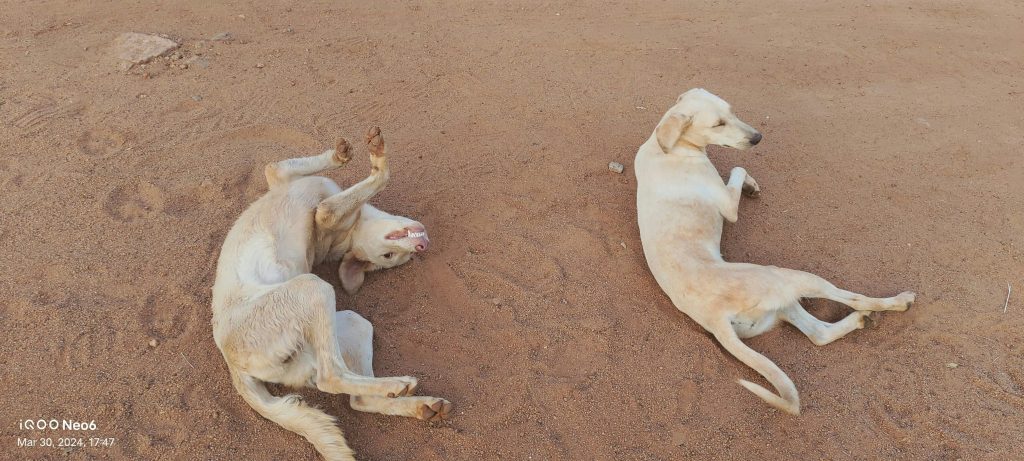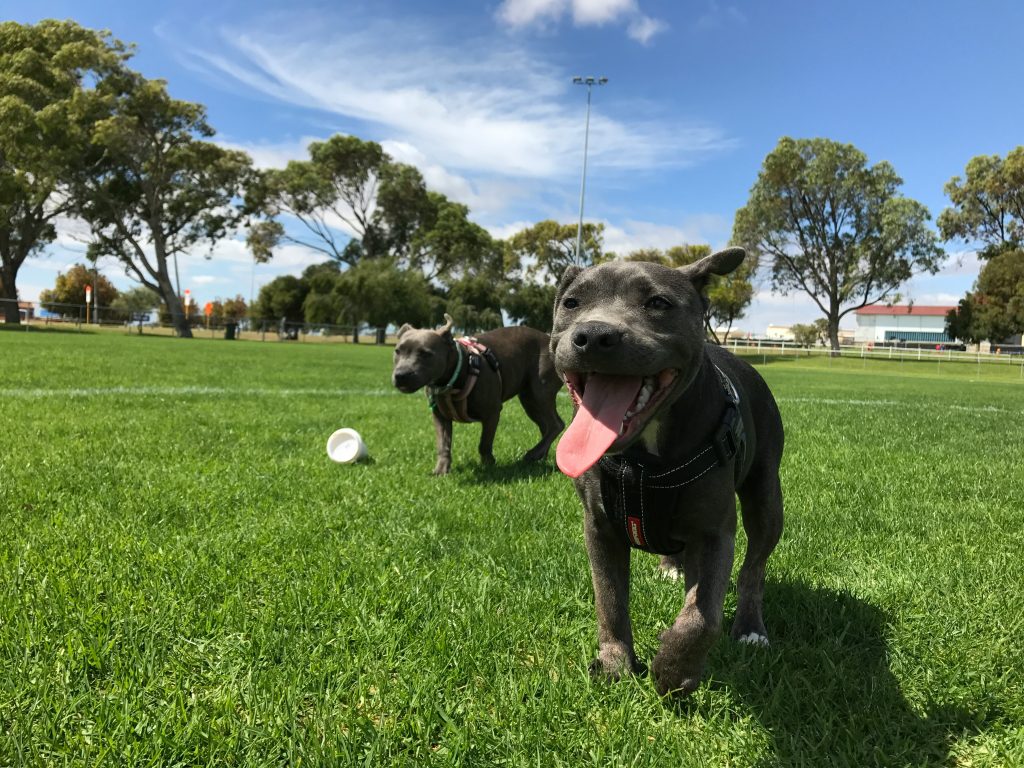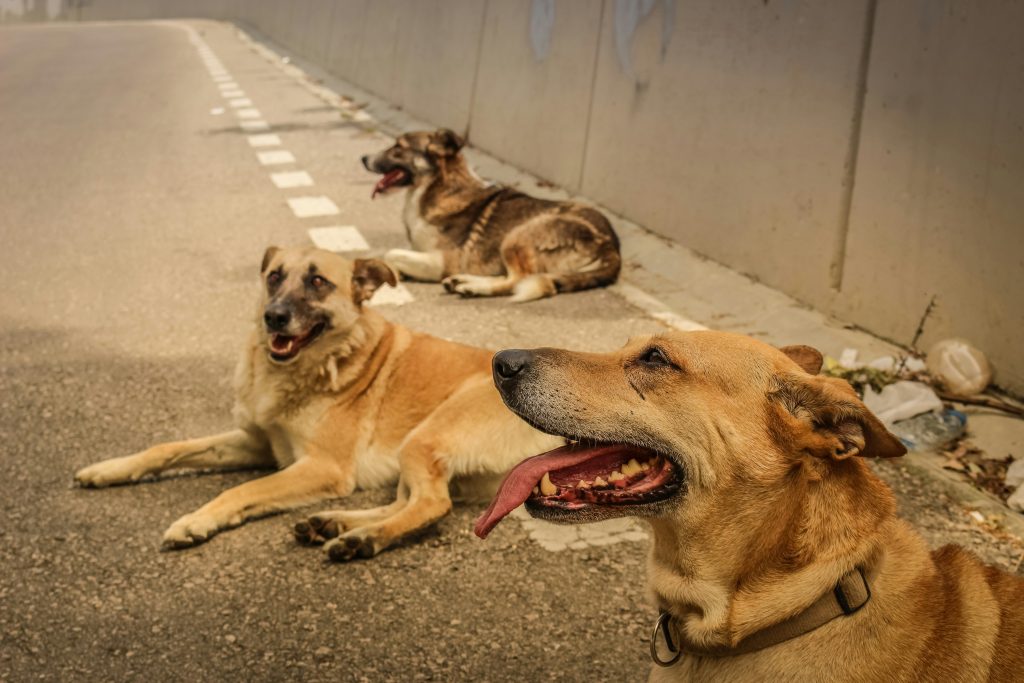Dogs Most at Risk for Heat Stroke
While any dog can suffer from heat stroke under extreme conditions, certain dogs are significantly more at risk due to their breed, age, physical condition, and even lifestyle. Knowing your dog’s vulnerability is key to keeping them safe during hot weather.
In this post, we’ll explore which dogs are most at risk for heat stroke and what you can do to reduce their chances of becoming dangerously overheated.
1. Brachycephalic (Flat-Faced) Breeds
Flat-faced (brachycephalic) dogs are among the most vulnerable to heat stroke. Their shortened airways make it harder for them to pant efficiently, which is a dog’s primary method of regulating temperature.
Examples include:
-
Bulldogs (English and French)
-
Pugs
-
Boxers
-
Shih Tzus
-
Boston Terriers
-
Pekingese
These dogs often snort, wheeze, or breathe heavily even in cool weather, which can worsen significantly in the heat. They also overheat more quickly during walks or play.
Extra tip: Avoid walking flat-faced dogs during hot or humid hours and always have water and shade available.
2. Senior Dogs
As dogs age, their bodies become less efficient at maintaining internal balance, including regulating temperature. Older dogs may:
-
Have heart or respiratory conditions
-
Tire more quickly
-
Have reduced thirst response
-
Struggle with mobility
These factors increase the likelihood of heat stroke, especially if they become disoriented or unable to seek out shade or water.
Care tip: Let senior dogs rest indoors during hot weather and limit time outside to bathroom breaks or short walks during cooler hours.
3. Puppies and Young Dogs
Ironically, the other end of the age spectrum—puppies—also face increased risk. Young dogs are full of energy and may not recognize when they need to stop and cool down.
Puppies also:
-
Haven’t fully developed thermoregulation
-
Can become dehydrated more quickly
-
Are more susceptible to gastrointestinal distress during overheating
Preventive care: Supervise outdoor play, avoid heat during the peak of the day, and always offer water breaks.
4. Overweight or Obese Dogs
Excess weight can act like insulation, making it harder for dogs to cool down. Additionally, obesity puts more strain on the heart and lungs—both critical systems in managing heat.
These dogs may also be less inclined to move to a cooler spot when they’re overheated or struggle more when walking or exercising.
Management tip: Maintain a healthy weight year-round and provide low-impact activities like swimming (with supervision) during warmer weather.
5. Dogs with Medical Conditions
Dogs with chronic illnesses—especially those affecting the heart, lungs, or nervous system—have a harder time coping with heat.
Common conditions that increase heat stroke risk:
-
Heart disease
-
Laryngeal paralysis
-
Collapsing trachea
-
Seizure disorders
-
Cushing’s disease
These dogs should be kept indoors on hot days and may benefit from cooling vests or mats for added comfort.
6. Thick-Coated and Double-Coated Breeds
Breeds with thick or double coats—originally bred for colder climates—are prone to overheating if not properly groomed or kept cool.
Examples include:
-
Huskies
-
Malamutes
-
Newfoundlands
-
Bernese Mountain Dogs
-
Samoyeds
While shaving a double coat is not recommended, regular brushing and bathing can help remove undercoat and reduce insulation.
Extra tip: Provide fans, kiddie pools, or air conditioning on hot days, and avoid walking these dogs during peak sun hours.
7. High-Energy Working Dogs
Dogs bred for work—like herding, sporting, and hunting breeds—can push themselves too hard even in extreme heat. These include:
-
Labrador Retrievers
-
Border Collies
-
Australian Shepherds
-
German Shepherds
-
Belgian Malinois
Because they’re so eager to please, they may not stop even if they’re overheating. Owners must be vigilant in managing their activity level.
What to do: Build breaks into play or training sessions, and use positive reinforcement to encourage rest.
8. Dogs in Poor Living Conditions
Dogs left outside without adequate shelter, water, or ventilation are among the highest risk. This includes:
-
Dogs chained or kenneled in full sun
-
Dogs left in hot cars
-
Dogs in poorly ventilated garages or sheds
Heat stroke can set in within minutes in these environments, especially if humidity is high.
Critical reminder: Never leave your dog in a car or tied up in the sun, even for a few minutes.
Protecting High-Risk Dogs
If your dog falls into any of these categories, be proactive:
-
Walk during early morning or late evening
-
Provide water in multiple locations
-
Use cooling products like mats, vests, and fans
-
Avoid hot pavement that can burn paw pads
-
Monitor panting, energy levels, and behavior
Even a few degrees can make a difference between comfort and danger.
Final Thoughts
Understanding which dogs are more prone to heat stroke helps you stay one step ahead. With a little planning and attention, you can help your furry friend stay cool, safe, and happy during the warmer months.
In our next blog, we’ll go over how to keep your dog cool during the summer—with practical tips and tricks for every type of dog and household.




